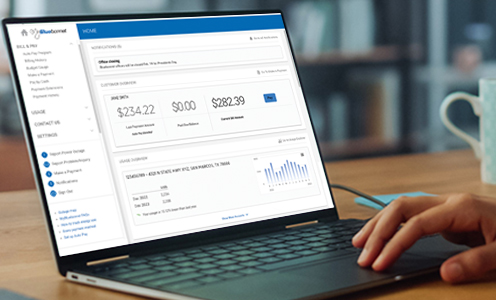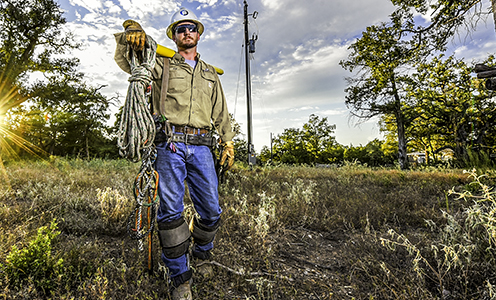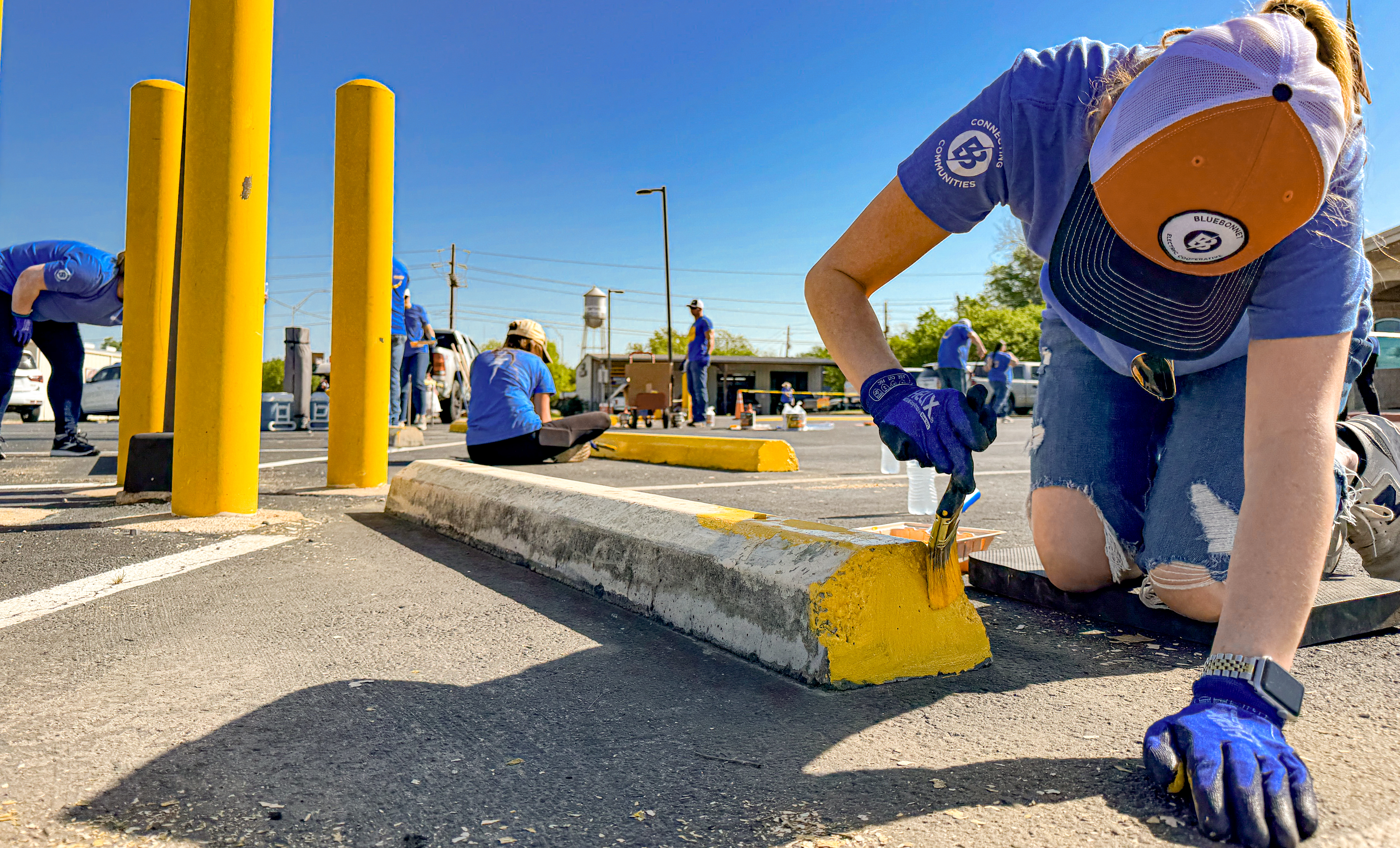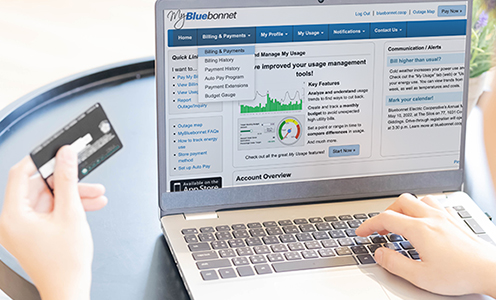What can I do indoors to save in the winter?
Schedule a heating inspection before cold weather arrives to ensure your system runs efficiently and helps reduce winter energy bills. Replace air filters regularly to maintain performance, and seal drafts around windows, doors, and wall openings — including areas where cables or wires enter your home — using caulk or weather stripping. Keep doors and windows closed to retain warmth, and use insulated curtains to keep warm air in and cold air out.
Remove holiday lights when the season ends to avoid unnecessary energy use. Turn down your thermostat a few degrees while home and if possible, more when away — lowering it by just one degree can save around 3% on your energy bill. Open shades on south-facing windows during the day to take advantage of natural sunlight and close them at night to retain heat. Adjust ceiling fans to rotate clockwise to push warm air downward and use space heaters wisely to warm only the rooms in use.
Limit the use of exhaust fans, as they can pull heated air out of your home. Avoid running large appliances during peak morning and evening hours to save energy. Consider using slow cookers over ovens — they use less energy and don’t lose heat when opened. Improve fireplace efficiency by closing the flue and damper when not in use, using tempered glass doors or inserts, upgrading to a more efficient model or sealing it off entirely. Artificial logs can also reduce emissions and conserve energy.




